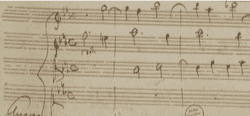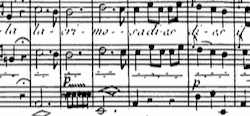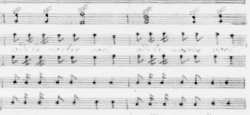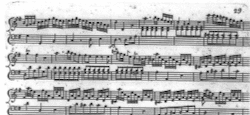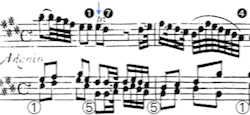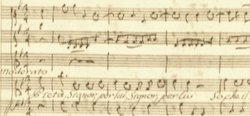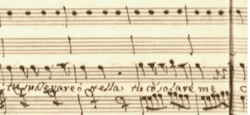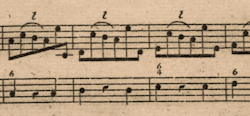What Is a Leapfrog?
A leapfrog, a term coined by Gjerdingen, is a contrapuntal technique typically involving two upper voices above a bass. Consider the following realisation of the fourth verset in G major by the Bolognese counterpoint master Stanislao Mattei (1750–1825). (For more information on Mattei and his pedagogy see Partimento Practice: As you can see, the middle […]
What Is a Leapfrog? Read More »
